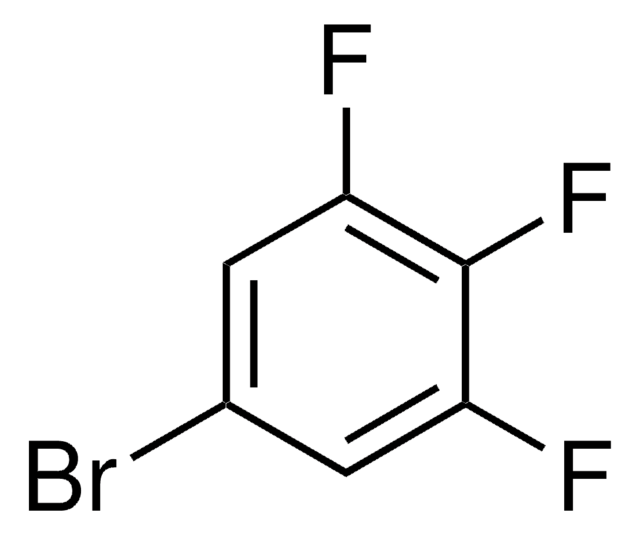03-1670
Alcool benzylique
SAJ first grade, ≥98.5%
Synonyme(s) :
Benzèneméthanol
About This Item
Produits recommandés
Qualité
SAJ first grade
Densité de vapeur
3.7 (vs air)
Pression de vapeur
13.3 mmHg ( 100 °C)
3.75 mmHg ( 77 °C)
Pureté
≥98.5%
Forme
liquid
Température d'inflammation spontanée
817 °F
Disponibilité
available only in Japan
Indice de réfraction
n20/D 1.539 (lit.)
Point d'ébullition
203-205 °C (lit.)
Pf
−16-−13 °C (lit.)
Densité
1.045 g/mL at 25 °C (lit.)
Chaîne SMILES
OCc1ccccc1
InChI
1S/C7H8O/c8-6-7-4-2-1-3-5-7/h1-5,8H,6H2
Clé InChI
WVDDGKGOMKODPV-UHFFFAOYSA-N
Vous recherchez des produits similaires ? Visite Guide de comparaison des produits
Mention d'avertissement
Warning
Mentions de danger
Conseils de prudence
Classification des risques
Acute Tox. 4 Inhalation - Acute Tox. 4 Oral - Eye Irrit. 2
Code de la classe de stockage
10 - Combustible liquids
Classe de danger pour l'eau (WGK)
WGK 1
Point d'éclair (°F)
213.8 °F - DIN 51758
Point d'éclair (°C)
101 °C - DIN 51758
Équipement de protection individuelle
Eyeshields, Faceshields, Gloves, type ABEK (EN14387) respirator filter
Certificats d'analyse (COA)
Recherchez un Certificats d'analyse (COA) en saisissant le numéro de lot du produit. Les numéros de lot figurent sur l'étiquette du produit après les mots "Lot" ou "Batch".
Déjà en possession de ce produit ?
Retrouvez la documentation relative aux produits que vous avez récemment achetés dans la Bibliothèque de documents.
Notre équipe de scientifiques dispose d'une expérience dans tous les secteurs de la recherche, notamment en sciences de la vie, science des matériaux, synthèse chimique, chromatographie, analyse et dans de nombreux autres domaines..
Contacter notre Service technique









